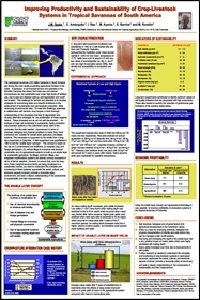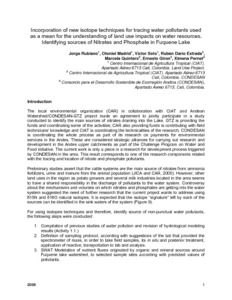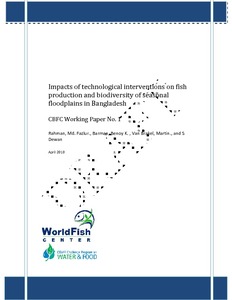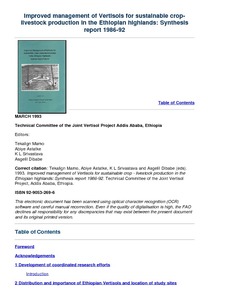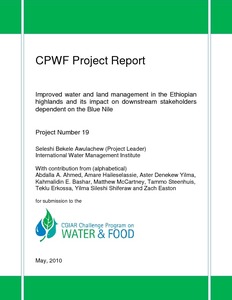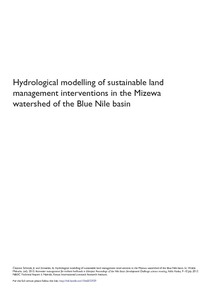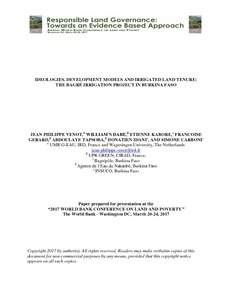Institutions and policy in the Blue Nile Basin: understanding challenges and opportunities for improved land and water management.
In the past decades, both upstream and downstream countries ofthe Blue Nile Basin (BNB) had developed and adopted several policies and strategies related to land and water management. Yet there are important policy and institutional gaps that irnpeded adoption of improved land and water management strategies. An example of these gaps is the lack of upstream-downstream linkage and incentive-based policy enforcement mechanisms. In spite of long-standing efforts in improving land and water management in the BNB, achievements have been negligible to date.



